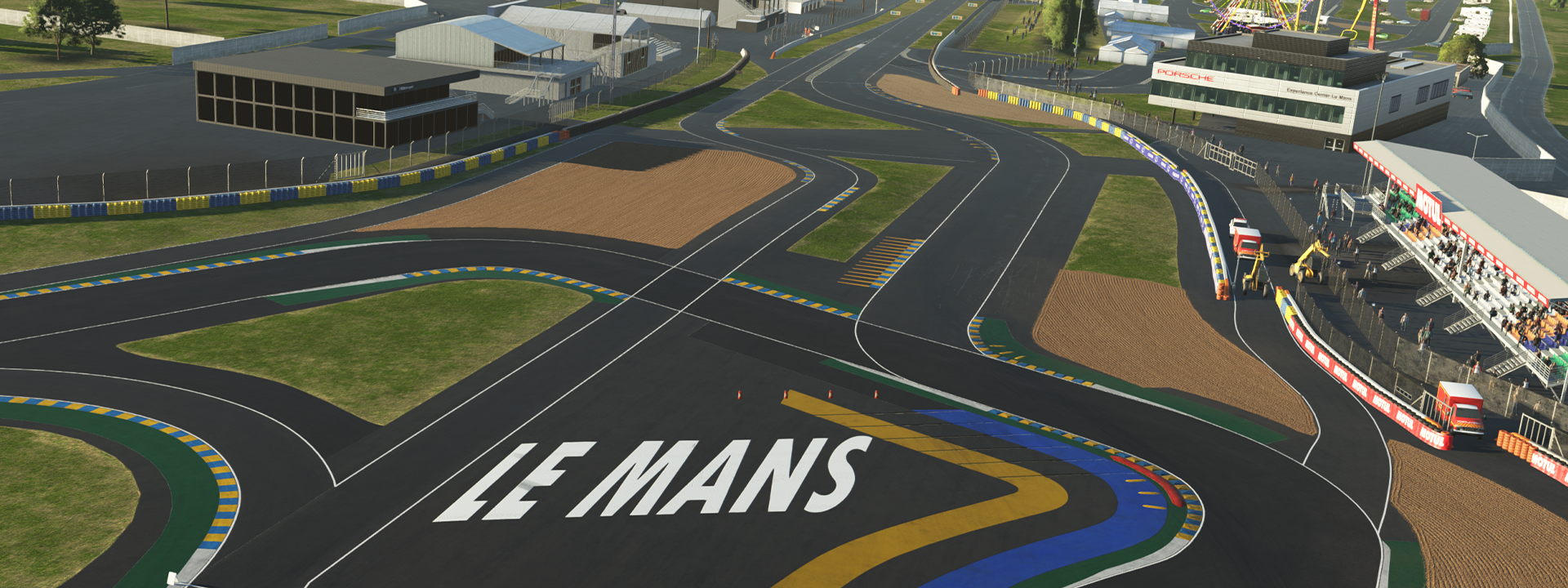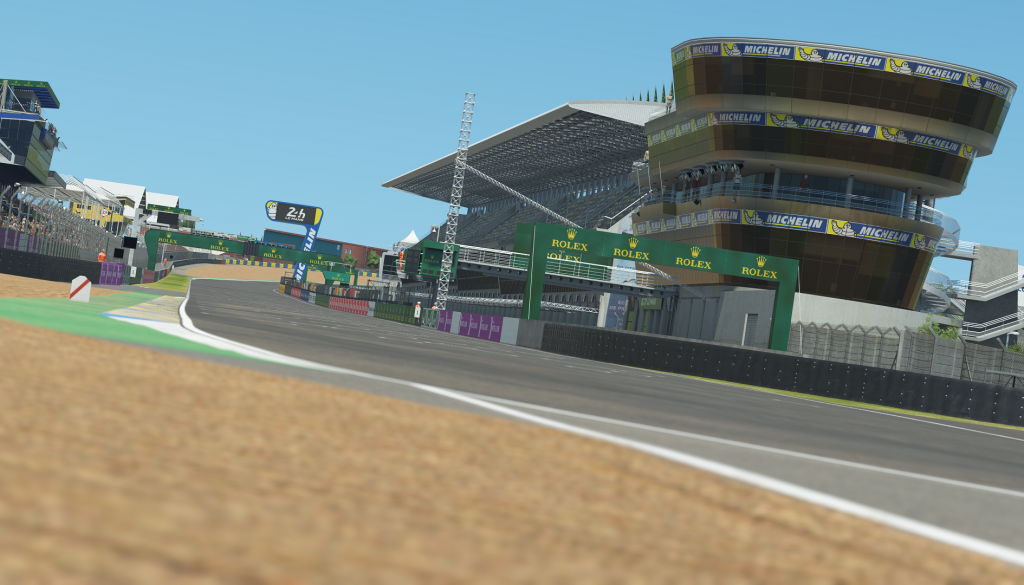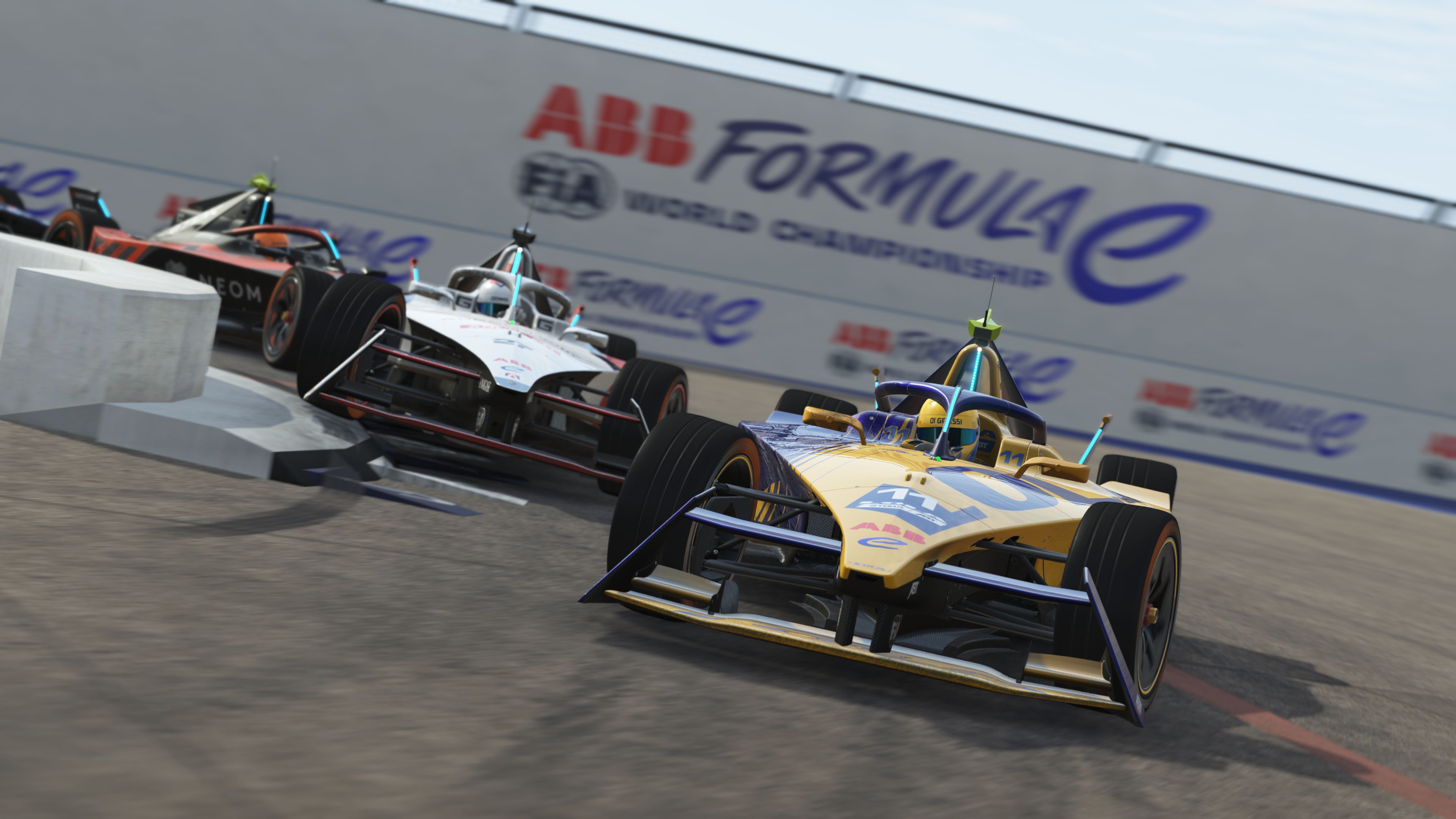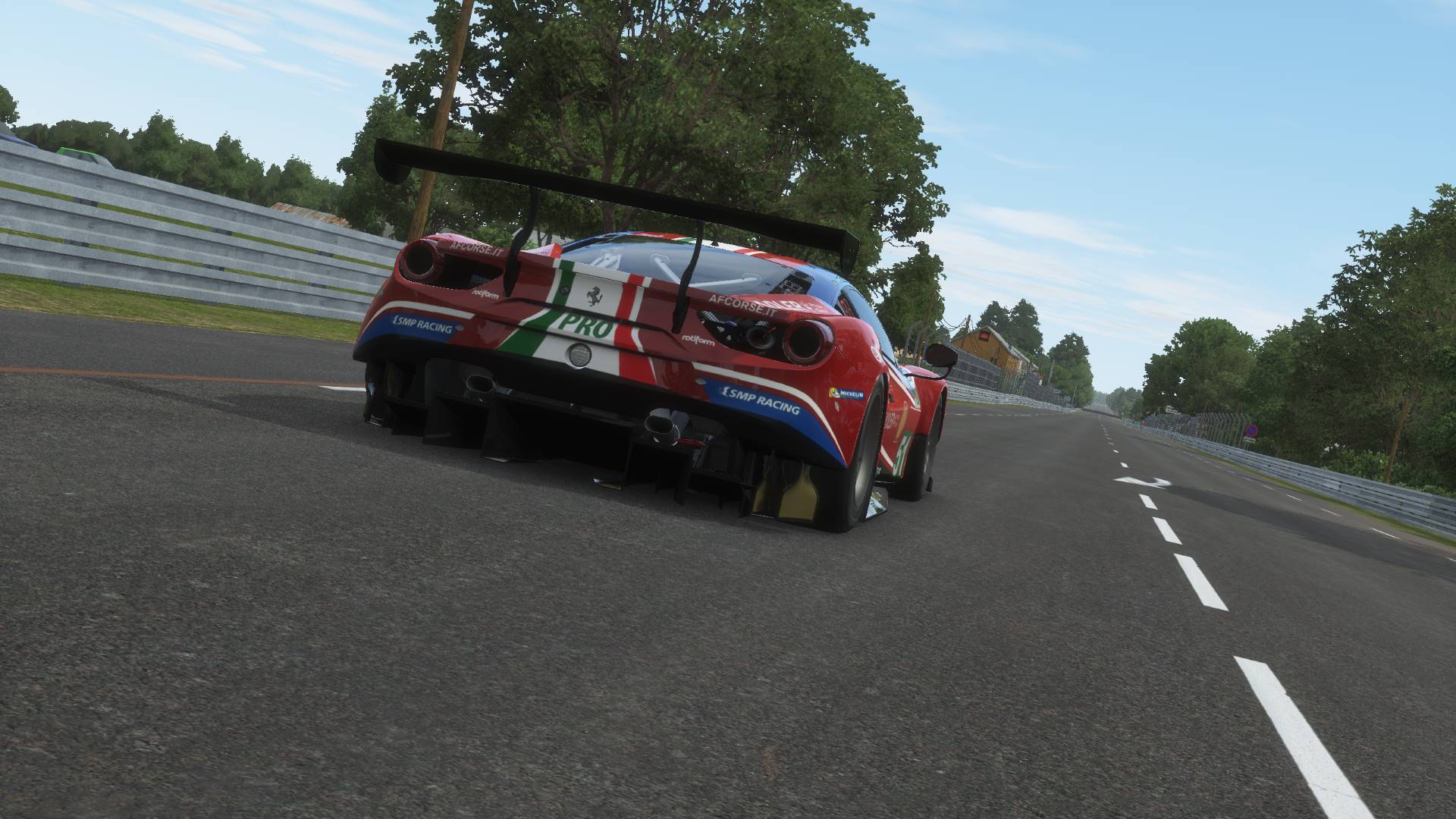Le Mans – the most iconic of iconic venues and a track at the very heart of endurance racing for almost a century. Having very firmly established itself as one of the most prominent race circuits in the world – mention motorsport to the general person on the street, and it’s highly likely that Le Mans will be the first name on their lips – such is the lore of this iconic venue in the public conscience.
Having hosted the famous round the clock classic each year since 1923, Le Mans has been the scene of near countless triumphs and tragedies over the years, playing host to some of the biggest teams and drivers in the world of motorsport throughout it’s 98 years of operation – from the titanic 1966 battle immortalized in the recent Ford vs Ferrari film, to the tragedy of the 1955 Le Mans disaster that took the lives of 83 spectators and French driver Pierre Levegh.
Circuit de la Sarthe | Steam Store: CLICK HERE
History
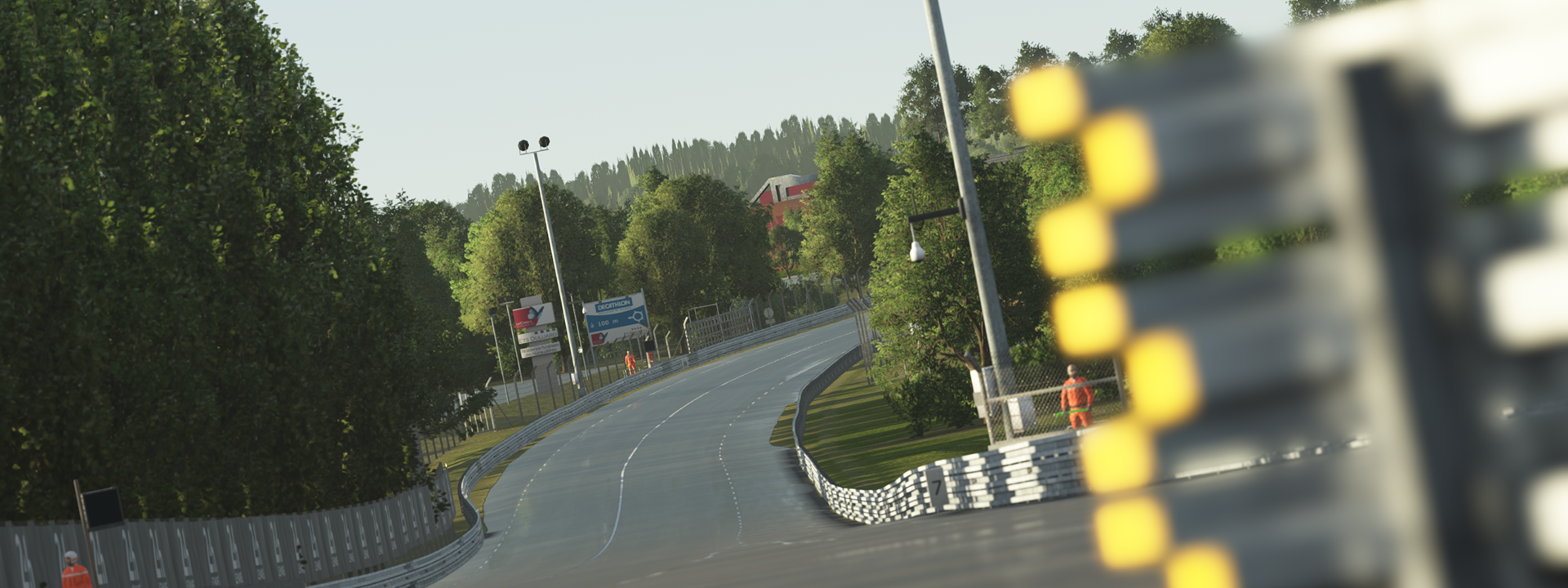
Le Mans is an interesting mix of public roads and race specific tarmac located in the Le Mans region of Sarthe, in France. Currently, one of the longest circuits in the world at an impressive 13.626 km in length, the track itself has undergone significant changes over its long and storied history, whilst retaining that essentially Le Mans vibe of incredibly high speeds and challenging sections of corners sure to test drivers and cars alike.
Speed is very much the key to being fast at Le Mans, with upwards of 85% of the lap spent on full throttle and speeds easily surpassing 200 mph at the fastest points of the circuit, with heavy braking zones and difficult fast and flowing sections that require a deft touch behind the wheel – all while navigating through intense traffic and trying to keep your car in one piece for the duration of the full 24 hours – not a challenge for the faint of heart!
The onset of war would mean Le Mans would take a decade long hiatus from 1939, only formally welcoming the sound of engines again from the 1949 season following considerable construction work to the circuit infrastructure. With the public appetite for high speeds and exotic cars undimmed through the absence of racing, the Circuit de la Sarthe would enjoy some of its most prolific adventures over the following years, until the tragic events of 1955 again brought the dangers of motorsport firmly to the forefront of public mind.
That dark day in 1955 could push the event organizers to reconsider much of the circuit safety infrastructure, leading to several modernizations and revisions, particularly around the pit lane area and Dunlop curve portion of the track. These changes, although important, would not be the final modifications to come the way of Le Mans in the years ahead, with the 1960s and 1970s seeing multiple revisions as the track slowly looked to modernize following a spate of serious accidents and near misses throughout the early post-war period.
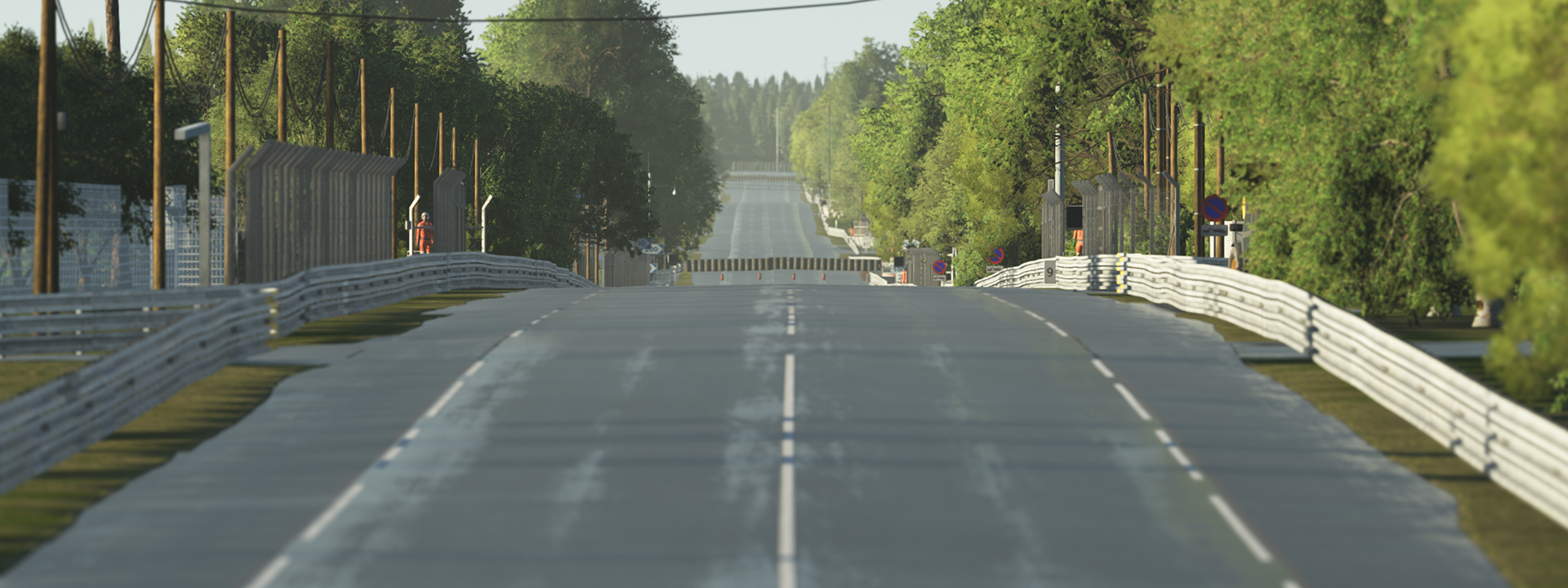
rFactor 2 Track Expansion Pack | Steam Store: CLICK HERE
Further significant upgrades would come the way of the venue in time for the Group C heyday of sportscar racing in the 1980s, with various changes designed to reduce the colossal overall speeds of the circuit, adding a brand-new chicane in 1987, followed by a further two new chicanes in time for the 1990 racing campaign. Although these changes would attract much criticism from drivers during this period, over time they have done little to detract from the undoubted spectacle the Circuit de la Sarthe offers both fans and drivers alike.
Never afraid to bring modifications to the venue in order to ensure its ongoing place as the pinnacle of long distance racing, further dramatic improvements would come the way of Le Mans during the early 2000s, with dramatic reprofiling and rebuilding of the section between the former Dunlop Bridge to the Esses having been completely reworked into a new configuration of sweeping corners in time for the 2002 race – the final significant change that has occurred to the track aside from minor tweaks and improvements over the following years.
The version of the legendary Le Mans circuit in rFactor 2 has been faithfully developed with the aid of detailed laserscan technology, producing one of the closest to reality and finest recreations of this hallowed piece of endurance racing tarmac in sim racing today. Initially released to rFactor 2 on the weekend of the 2019 Le Mans 24 Hours, and having since been substantially updated to incorporate all the latest technology on offer within the simulation, the Circuit de la Sarthe remains one of the finest tracks available within rFactor 2 today – and a true test of skill for any endurance racing fan
The Track
- Opened: 1923
- FIA Grade 2
- Length: 13.626 km (8.467 mi)
- Turns: 38
- Location: France
- Race lap record: 3:17.297 – Mike Conway, Toyota TS050 Hybrid, 2019, LMP1
Key Corners
T1 / Dunlop Chicane
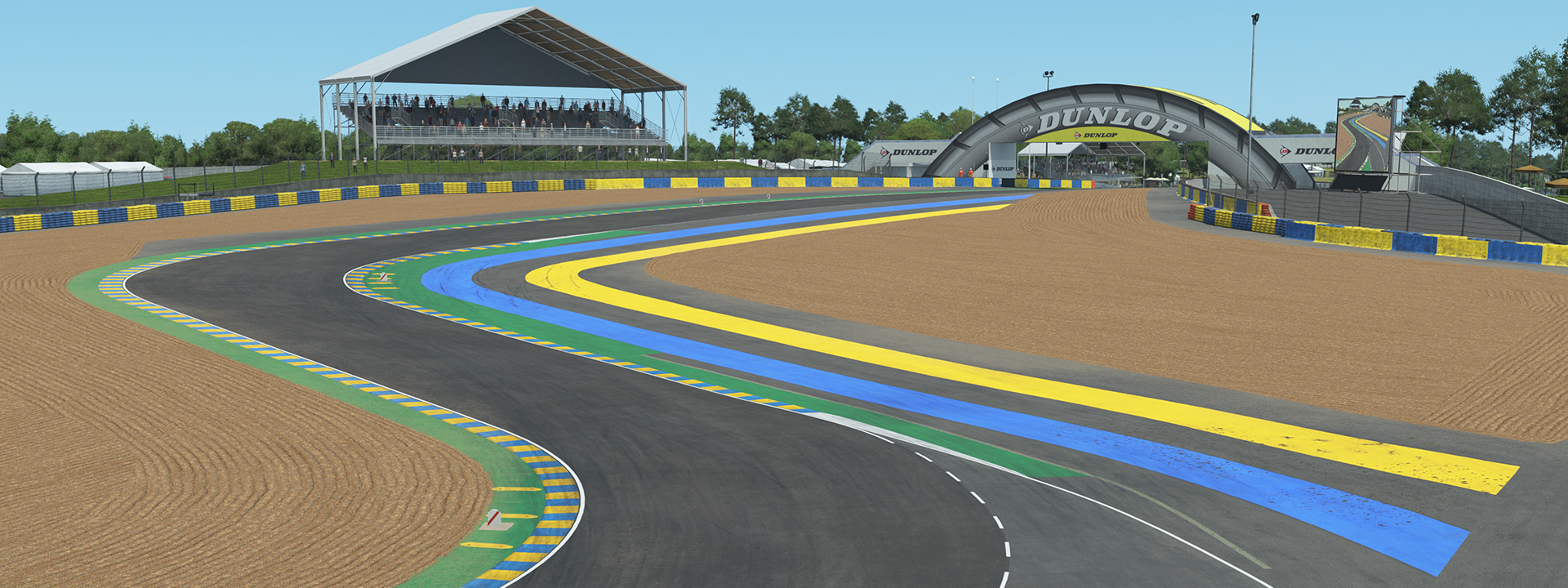
The start of the journey – the beginning of an odyssey into one of the most spectacular laps in world motorsport. Packed with spectators keen to catch a glimpse of their heroes and the scene of some of the most iconic shots from the Le Mans race, in theory this should be a relatively simple approach and braking zone, however as can be evidenced on multiple occasions in the past few years, get too enthusiastic here on the opening lap, and the next 24 hours might well prove to be more of a challenge than originally planned.
Tertre Rouge
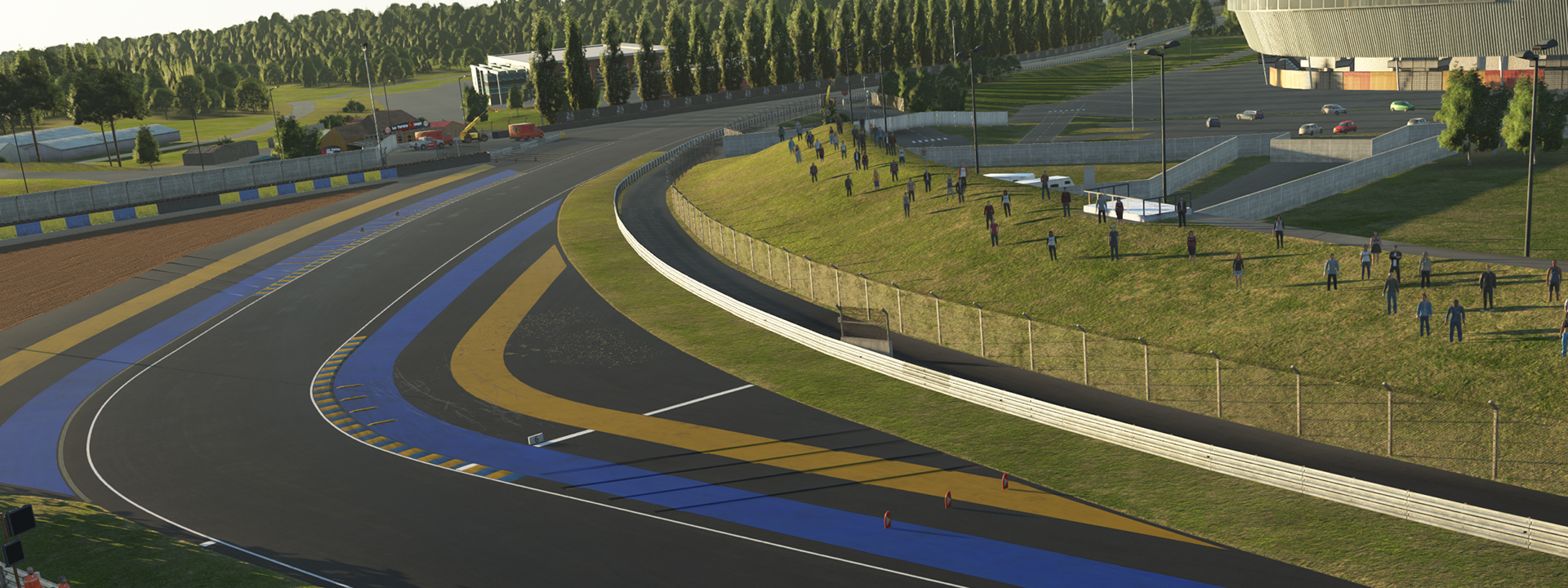
One of the more famous corners on the Circuit de la Sarthe, Tertre Rouge, is where drivers first encounter public roads around this dramatic circuit. Approached at high speed, danger is never fare away thanks to the ever present risk of running afoul of track limits on corner exit, a critical portion of the lap as here drivers will be desperate to maximize corner exit speed for the long drag down the following Mulsanne Straight.
Daytona Chicane
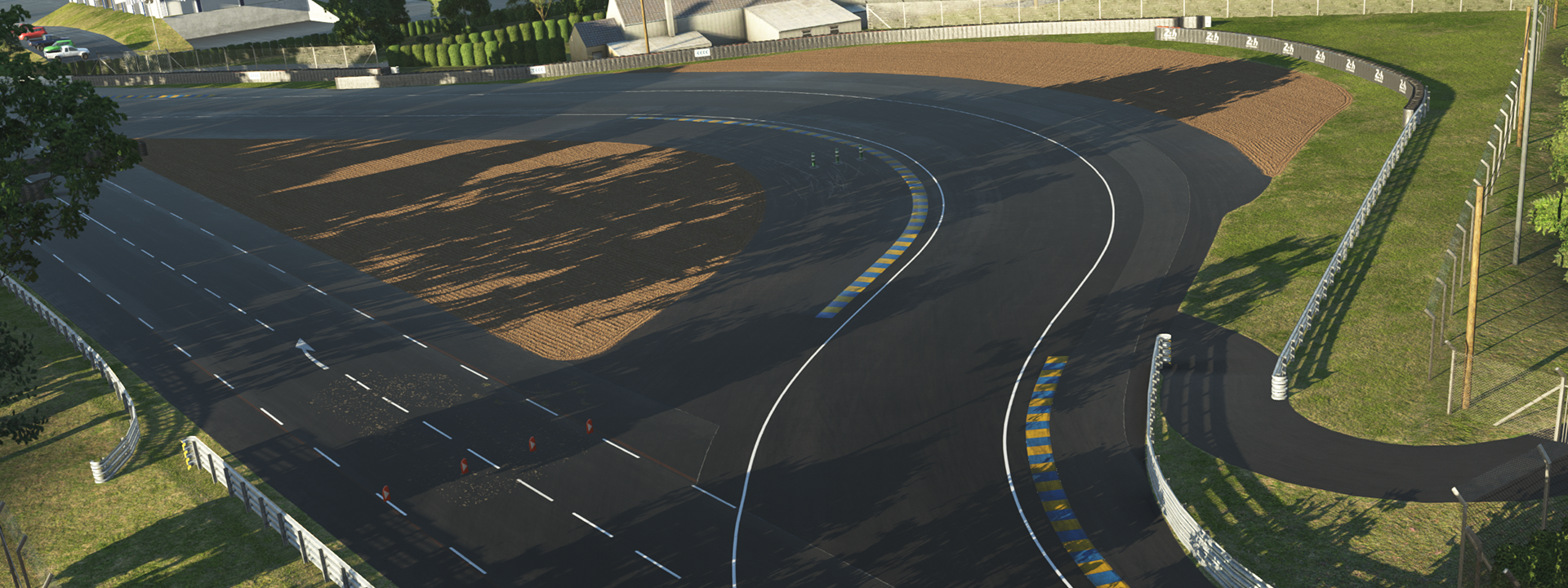
A big stop from high speed on uneven surfaces, the first major chicane to break up the Mulsanne straight, is an important one for a strong lap here at Le Mans. Often used as a prime place to negotiate your way through slower traffic, the relatively aggressive curbs and the need for a strong exit into the following straight do make this a tricky place to consider passing cars of similar speeds – however it is certainly possible, and without doubt one of the corners where drivers will be keenly aware that opportunities are there to be taken, under the right circumstances.
When racing at night, this chicane is the first part of the lap that isn’t fully illuminated by trackside lighting, and can present a challenge to spot exactly where to place the car in the heat of competition.
Mulsanne
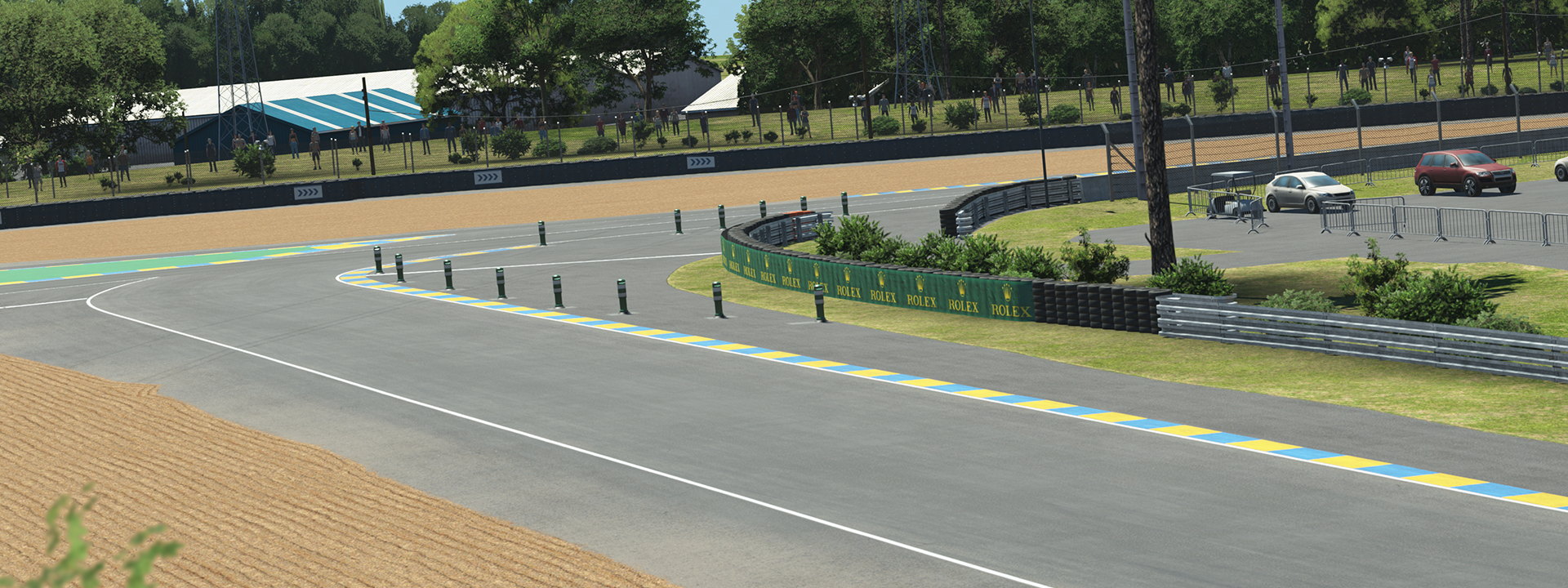
Tricky. No other word can really do justice to the Mulsanne Corner, and many drivers have found out just how tricky indeed this turn is during the near 100-year history of the race. Approached at considerable speeds thanks to the long run from the preceding straight, here at Mulsanne drivers have to first navigate their way around the right-hand kink just before corner entry, before balancing the car on the brakes for a big stop into the tight Mulsanne hairpin. The key to gaining the most lap time is to remain brave and resolute through the right-hand kind, and spot your braking point with pinpoint precision in order to scrub off enough speed to make the hairpin apex, but without unsettling the car and pushing you out of the track boundaries. For added jeopardy, Mulsanne is followed by another sizeable flat out blast, so get this one wrong, and just watch that lap time advantage disappear.
Indianapolis
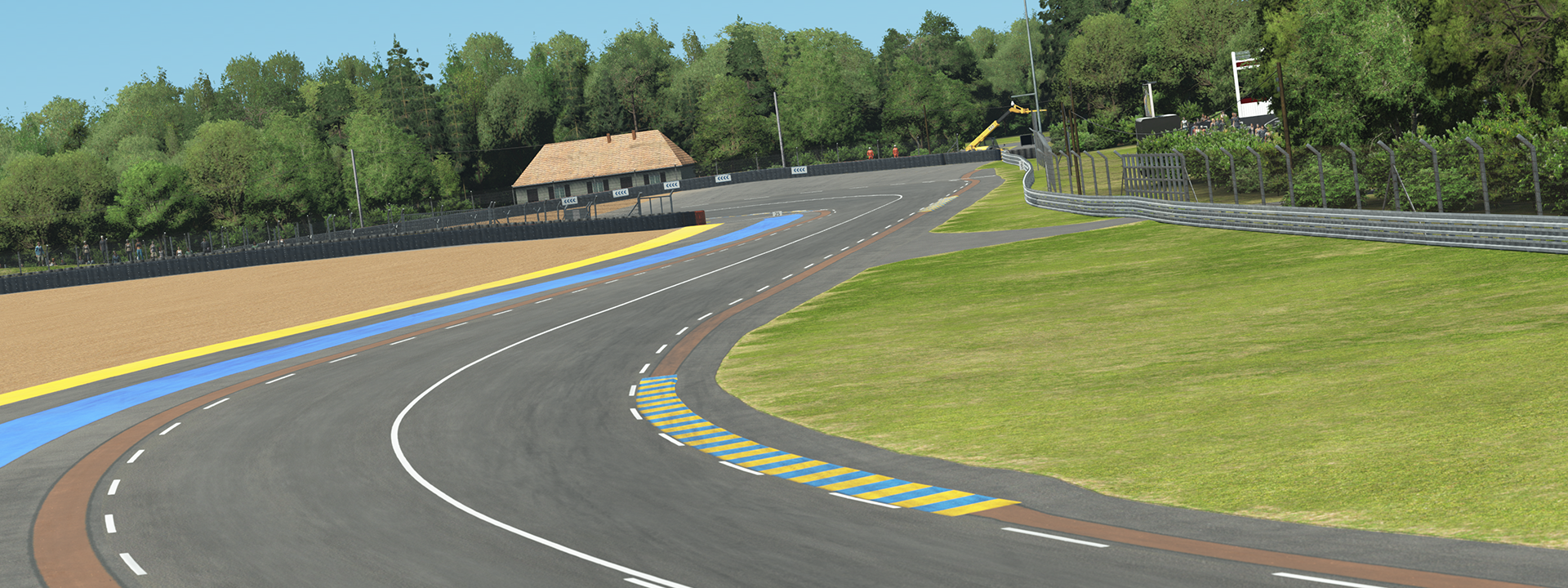
Arguably one of the most difficult sections of track, the corner with the famous name offers a critical opportunity for drivers to make or lose time over the lap – with an ever present risk of suffering potentially race impacting damage should you skirt too close to the fine line between success and failure.
Another corner that drivers approach at considerable speed, Indianapolis is incredibly narrow and surrounded by both gravel and barriers, coupled with a dangerous corner entry thanks to the proceeding high speed right-hander that requires drivers to brake, turn and balance the car all while setting up an optimal approach into Indianapolis. A real test of concentration, and a corner that has claimed its fair share of victims when tiredness creeps in during the dead of night.
Arnage
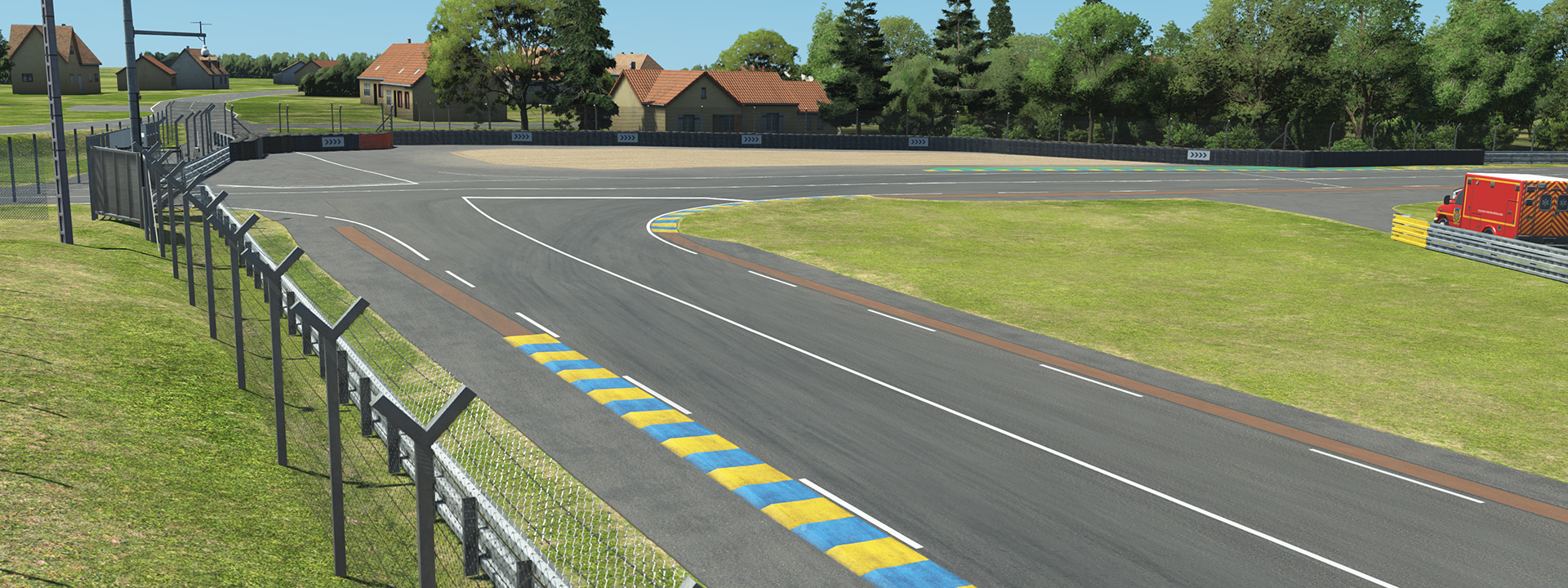
For a track that’s famous for incredibly high speeds, Le Mans has its fair share of hard braking zones and tight, slow sections – Arnage firmly fitting into that category. A good opportunity to overtake, Arnage is also one of the most strategic corners of the lap, with the exit especially important to maximize lap time over the following straight. The slowest corner of the track and often suffering from reduced grip in comparison to the other sections of the circuit, again this is a place where drivers have to balance the desire to maximize speed while keeping the car firmly within the confines of the racing surface.
Porsche Curves

Iconic corners on an iconic track. The Porsche Curves are pretty much synonymous with Le Mans, and likely to be THE corner section that most fans gravitate towards during a visit to this fabled race. Depending on the machinery underneath you, the Porsche Curves are either an exhilarating thrill ride of downforce and commitment, or a frustrating upward battle against the negative effects of understeer and burning too quickly through tyres and patience. Approached slower than you might expect when at the limit, good drivers can find significant gains by managing their speed and track position perfectly in this sector, with the most talented able to thread the needle in such a way that cars appear almost effortless as they glide through these wonderful sweeping turns.
Ford Chicane
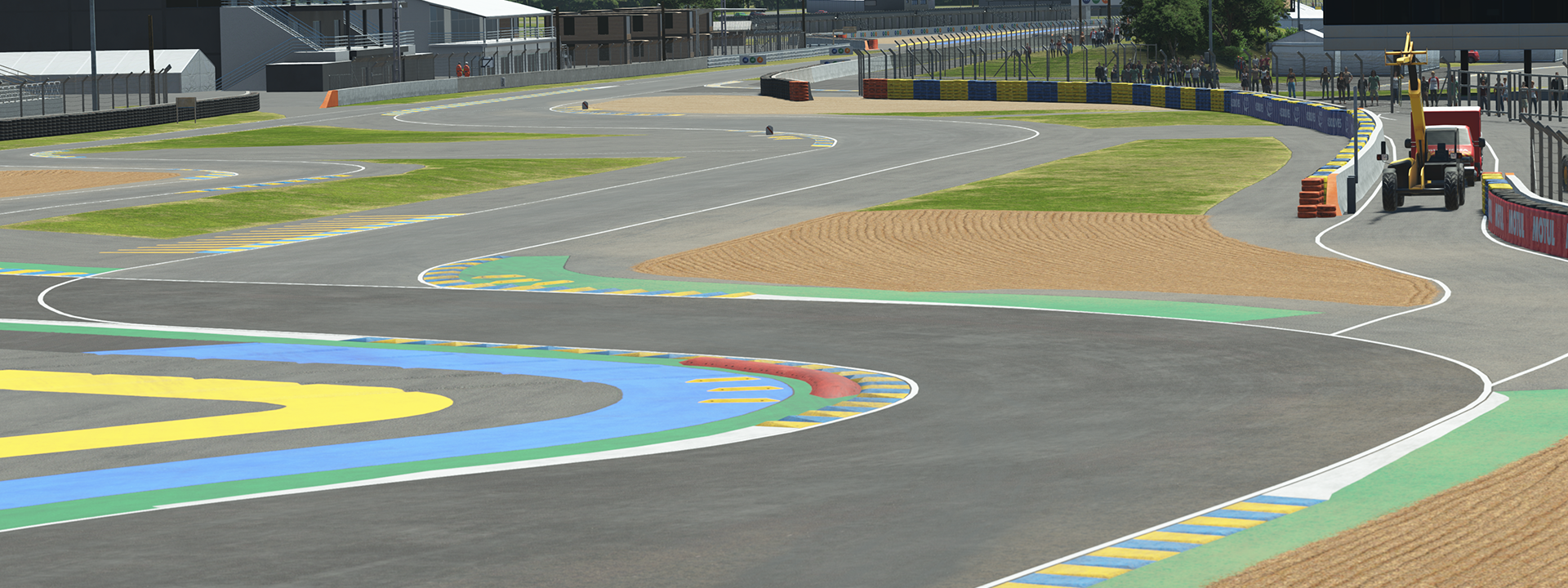
The last encounter before the end of the lap, the Ford Chicane is one of the more traditional types of corner to be found at Le Mans, yet much like the rest of the circuit, the seemingly simple nature of the configuration easily hides opportunities to both win or lose critical lap time if not attacked with appropriate levels of precision and commitment. Possibly one of the slower and more frustrating sections of this mammoth venue, the Ford Chicane is nevertheless an entertaining ride if done right, and oh so very easy to get it wrong and bounce over the aggressive curbing that lines the circuit, and straight into difficulty at the furtherest post of the track from the pit lane entry for good measure.
You can purchase the wonderful laserscanned version of the Circuit de la Sarthe on the rFactor 2 Steam Store, either as a standalone item or as part of the Track Expansion pack, including legendary circuits Nürburgring, Circuit d’Azur and Sebring International Raceway.
Circuit de la Sarthe (Le Mans) – Available Now in rFactor 2
